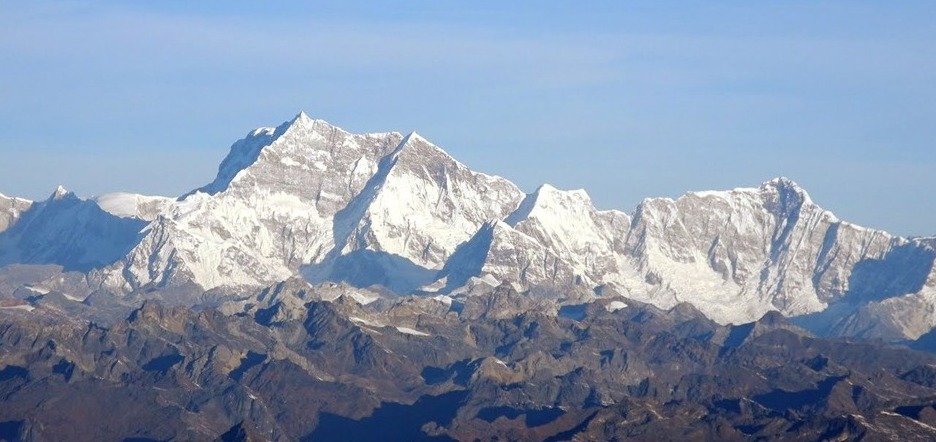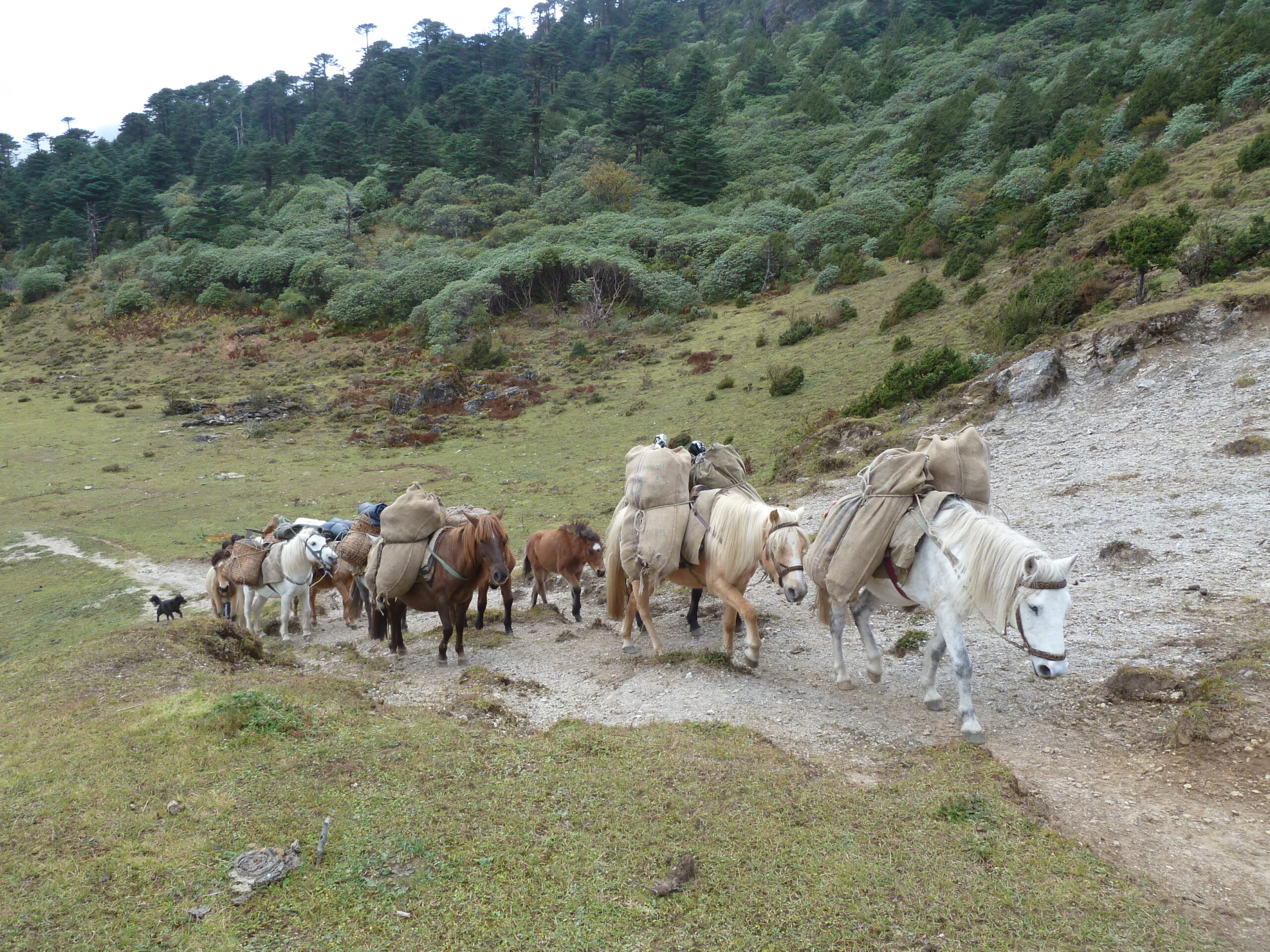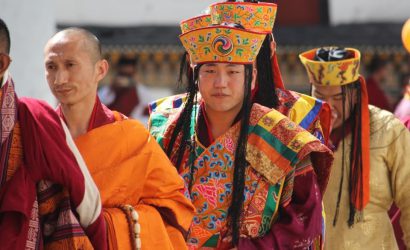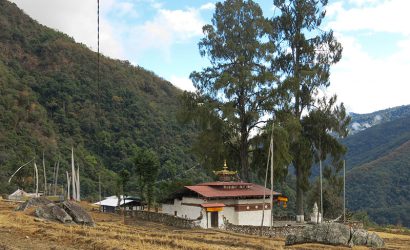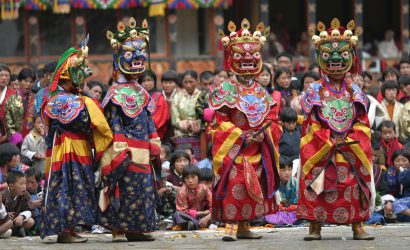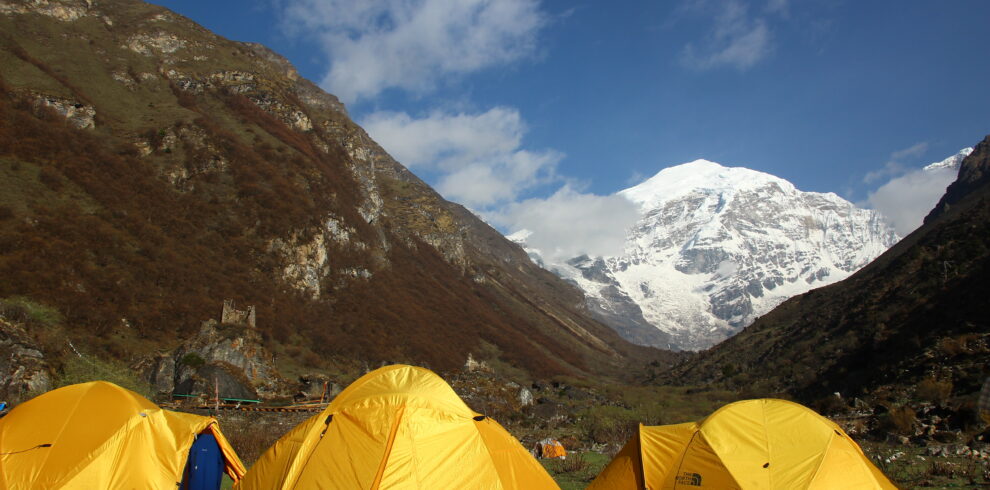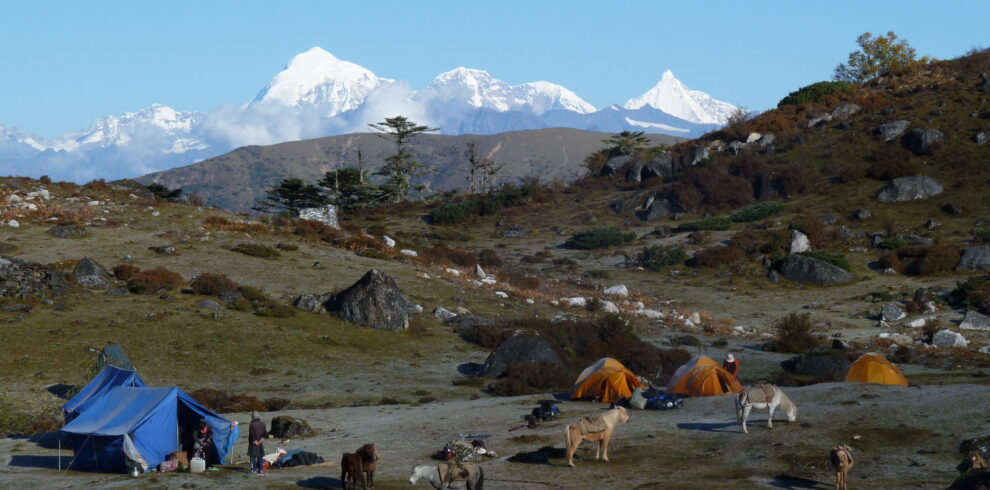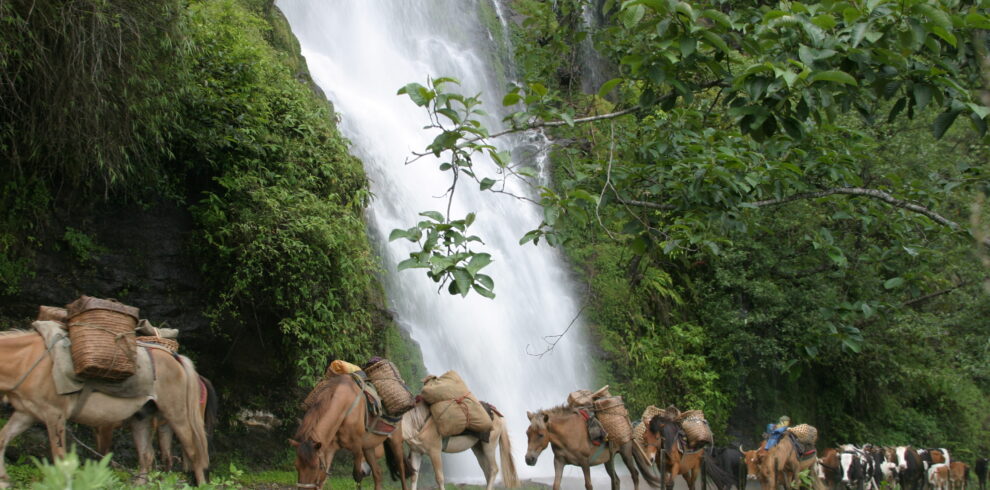-
Bus, Airlines
-
3 Stars Hotels
-
5320 metres
-
Bhutan
-
Jul, Aug,Sep & Oct
-
Eco-Tour, Hiking,Treking
-
All meals during the trek
-
English, Spanish, French, Chinese
-
Hard
-
2-15
-
25
-
65
Overview
The Snowman Trek is an extension of the beautiful Laya Gasa Trek, and leads from Laya into high altitudes of the Bhutanese Himalayas. It takes tough and enduring trekkers into the Lunana region and further on to Gangkhar Puensum and Bumthang or down to Sephu in Trongsa district, depending on which route you choose. The Snowman trek leads through the most remote areas up to very high altitudes. Trekkers have to camp in altitudes above 5,000m more than once, and depending on the seasonal temperatures, the camps are sometimes on snow.
Highlights
- Snowman Trek: Extension of Laya Gasa trek. Trek duration 24 days, one of the Top ten toughest treks in the world. Starts from Paro and ends at Nikachu. Walking distance 348 kms, average walking distance 16 kms a day and average walk time is 7 hours. Highest point is 5320 meters. The trek route passes through Yak Herders’ camp at 3980 m, grazing ground of Blue Sheeps (National animal of Bhutan), remote village of Laya and Thanza and crossing over many passes namely Nyeli La (4890 m), Jhari La (4747 m), Shingela (5005 m), Jaze La (5050 m), camping near Tsho Chena lake (4800 m) and Thampe Tsho at 4200 m. You can view Mt. Jumolhari (7314 m), Masagang (7165 m), Table Mountain (7100 m), Gangla Karchung (6395 m).
- Discover some of the most sacred Buddhist monasteries and temples in the Himalaya.
- Hike up to the famous Taktsang Monastery, perched on a cliff 900m above the valley floor.
- Traverse beautiful landscapes from lush valleys to dense forests.
- Camp overnight beneath some of Bhutan’s most impressive mountain peaks.
Itinerary
Cost
The Cost Includes
- Private guided tour
- Visas for Bhutan
- Airport transfers
- Daily 3 meals (B/L/D)
- Accommodation
- A qualified & licensed English-speaking guide
- An experienced driver
- A tour vehicle
- Entry fees & road permits
- Government fee, royalty, taxes & surcharges
- Mineral bottled water
- Full service & assistance before, during and after your Bhutan trip
- Cook and camp hand who will take care of camp chores and provide wholesome meals.
- Services of horsemen who will look after the yaks & ponies that transport luggage and camp gear.
The Cost Excludes
- Flight into Bhutan (can be arranged with us)
- Flight on other airline to catch Drukair Flight
- Meals at 4-5 stars restaurants
- Hotel stay outside of Bhutan
- Expenditure of personal nature
- Travel Insurance (can be arranged with us)
- Tips for the guide and driver
- Alcoholic drink
- Special Offer :
- Do you have a group of 10 or more? You may qualify for a special group rate. Allow us to make sure your group travels happy and confidently.
Frequently Asked Questions (FAQs)
Requires reasonable walking fitness. An excellent level of physical and mental stamina will be required. Expect to travel through mostly uninhabited areas where supplies will be hard or impossible to acquire. Only the most experienced trekkers should take on these climbs.
The main factors that determine the degree of difficulty of a hiking trail are
1) the roughness of the terrain and
2) the steepness and length of the ascents and descents. Other factors are trail length and total elevation gain.
The combined attributes of distance, high altitudes, weather conditions and remoteness make this a very tough trek and it should only be considered if you have experience and a good level of fitness. The Snowman trek is subject to closure because of snow and is almost impossible during winter
This spectacular 30-day adventure in Bhutan begins with the 25-day Snowman trek into one of the country’s most remote valleys. This is probably one of the hardest high altitude treks, but an incredible experience for anyone who takes the challenge.

